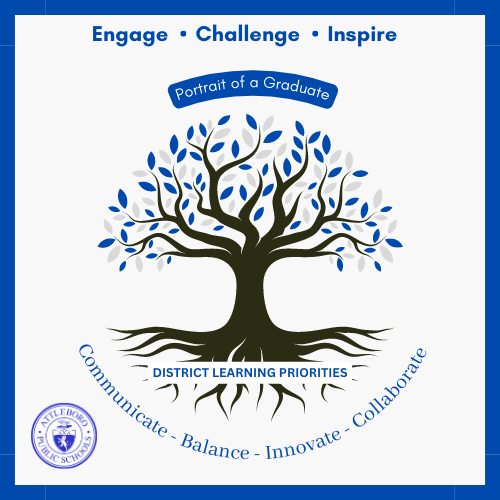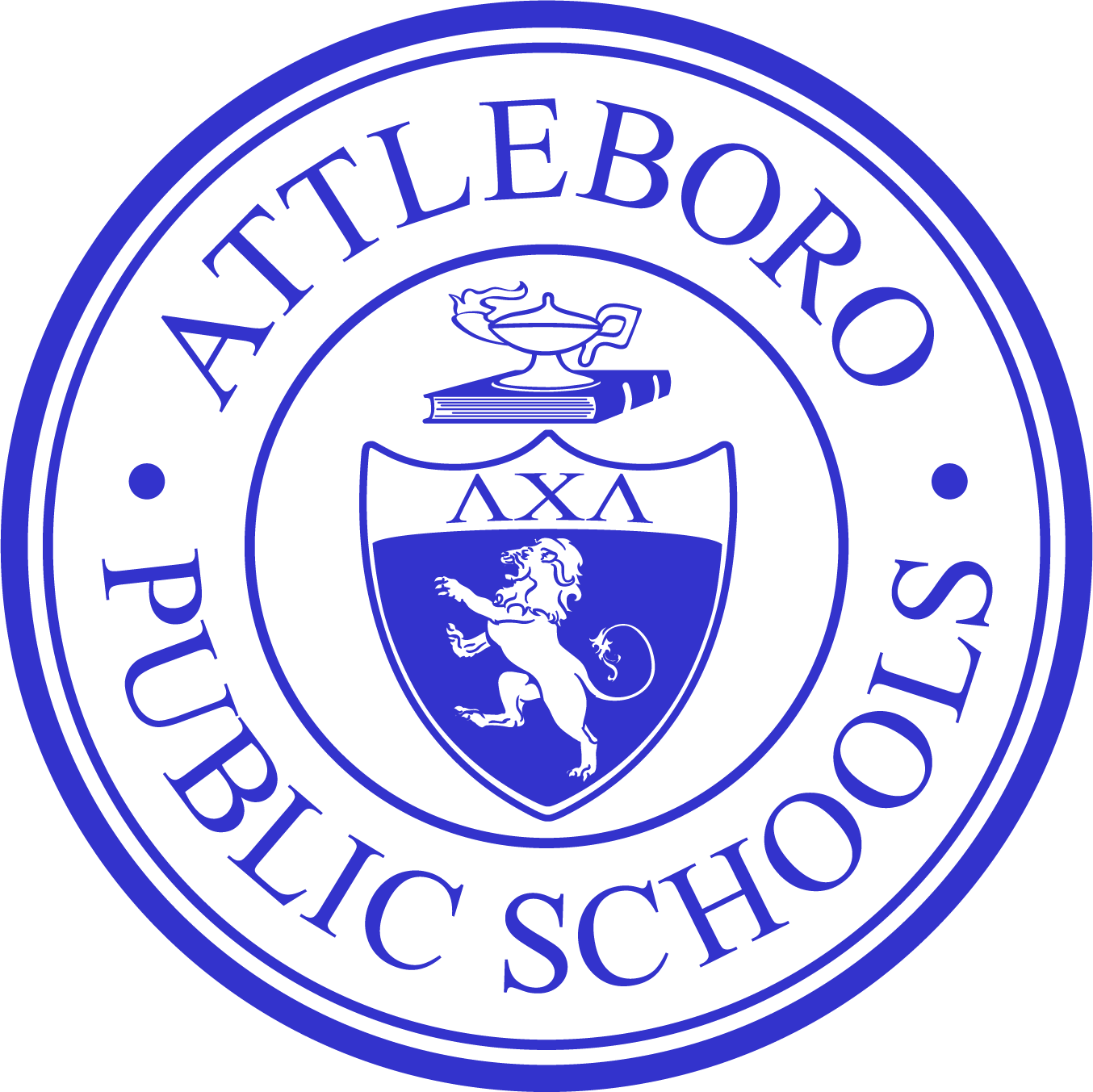Portrait of a Graduate: Background
The Attleboro Public Schools (APS) district has been committed to reimagining education for students to better prepare them for success after graduation. Our world has changed. To keep up with those changes we have navigated away from a traditional, content knowledge approach toward one that emphasizes transferable knowledge and skills. Through a years-long endeavor that included the tireless efforts of APS educators, a set of Exit Outcomes was developed, which clearly defined a set of skills that students should be competent in by the end of their educational career in Attleboro. These exit outcomes were a significant step forward in the monumental task of shifting the paradigm of what the purpose of education is.
While the district was implementing the exit outcomes across its classrooms, work also began on researching best practices on assessments. How can we accurately assess what students know and what they can do while simultaneously taking into account their different abilities, passions, and skills? One answer to this question was the implementation of performance assessments. Rather than assess every student using only traditional, often narrow measurements that do not accurately reflect all students’ knowledge and skills, the district engaged in professional development on performance assessments. These assessments allowed students choice, autonomy, and varied ways to show their learning in the ways that best showcase their talents.
The Teaching and Learning Leadership Advisory Board Council then began the lengthy process of revisiting the Exit Outcomes to ensure they truly reflected the skills and knowledge individuals need to be successful in their endeavors post-high school. The council members were committed to gathering feedback from as many community stakeholders as possible and with that in mind, spent the 2018-2019 school year gathering different types of data from as many different people as possible. The Council identified a wide variety of community members, groups, organizations, companies, and individuals that have a vested interest in producing graduates with applicable skills and knowledge.
The stakeholders that volunteered to provide us with much needed insight and feedback to guide our work were the following:
Students
Teachers, staff, and administrators
Parents
Alumni
School Committee
Local employers
Representatives from higher education institutions
Representatives from branches of the military
Community organizations
We conducted interviews, surveys, and community forums to gather feedback. Participants were simply asked the following questions:
What skills and attributes do you believe will be most important for students to be prepared for college, career, or military and life in general?
What do you think our schools need to do to develop these skills and attributes?
This work provided the council with thousands of ideas to sift through. The Council worked to compile the data and identify trends. Based on this information, the Teaching and Learning LAB Council created categories of skills and attributes that best reflected the feedback from all of the stakeholders.
The 2019-2021 school years proved to be challenging ones as schools nation-wide closed their physical doors, but it did not stop the progress on the PoG. Meetings took place virtually to continue this work, and using the draft of the PoG, the council developed rubrics for each of the four pillars: Innovate, Collaborate, Communicate and Balance. Despite the pandemic, these resources were vetted through a pilot at the elementary, middle and high school levels.
The council also worked to develop a plan for how students will capture their progress on the PoG skills and attributes through their journey as APS students. The idea for a Digital Learning Portfolio was explored and became one of the ways in which students can document their learning process and showcase their extracurricular and academic performance. This collection tool organizes and records progress related to the indicators outlined in the Portrait of a Graduate, personal/social skill development, and career development information at the secondary level. In the process, students identify goals based upon interests and strengths, engage in reflection of their progress, and increase communication between school staff and families. This information can then be used at a school or district level to be responsive to students’ needs and interests.

